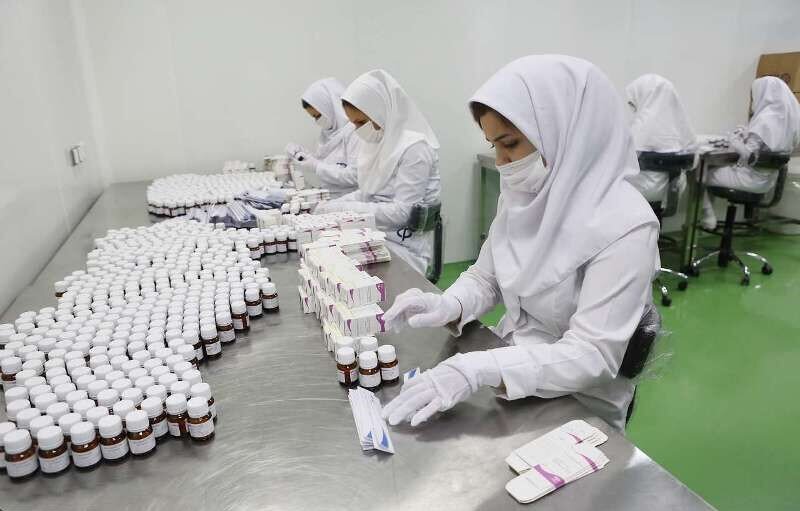Ten traditional medicines included in Covid-19 treatment list

TEHRAN – The Iranian Ministry of Health has included ten Persian traditional medicines in the list of drugs that are used to treat the coronavirus.
Deputy Health Minister Nafiseh Hosseini-Yekta said the use of Persian traditional medicine has been integrated into the health system, IRNA reported.
In this line, ten traditional medicines have entered the market to help curb and treat the coronavirus, she added.
Hosseini-Yekta made the remarks on January 25 at the end of the third Persian Medicine Festival.
“In the fifth wave of Covid-19, we did not use the capacity of Persian traditional medicine and we only provided services in seven centers,” she noted.
In the sixth wave, with the formation of the Persian traditional medicine committee and the special support of the Ministry of Health, 158 medical centers provided outpatient treatment and counseling services and are still active, she explained.
“Traditional medicine will be taught compulsorily in universities of medical sciences from next year, and skill courses for midwifery, nursing, and nutrition fields have been organized and educational programs have been developed in order to train the necessary forces in this field.”
The Secretariat of the Persian and complementary medicine has been set up, and the formation of a joint committee for tourism is one of the infrastructural measures in this area, she highlighted.
She pointed out that the modification of lifestyle is the key to controlling non-communicable diseases and traditional medicine can be used in this field.
Persian Medicine Festival
The 3rd Persian Medicine Festival was held in Tehran with the main goal of identifying and supporting top scientists and innovators in the health sector.
The event also aimed to create a platform for greater productivity from the research achievements, expansion of knowledge-based markets, and multilateral interaction between educational, research, and therapeutic centers.
“Persian medicine; the path of progress and scientific innovation” was the motto of the festival, in line with the Leader of the Islamic Revolution Ayatollah Seyyed Ali Khamenei's designation of the current Iranian year (March 2022-March 2023) as “The Year of Production: Knowledge-Based and Job-Creating”.
Addressing the opening ceremony, Health Minister Bahram Einollahi said Persian medicine is a precious heritage of our ancestors.
It is one of the most ancient forms of traditional medicine. It is grounded in the concept of four senses of humor: phlegm (Balgham), blood (Dam), yellow bile (Safra'), and black bile (Sauda'). The concept of the four senses of humor is based on the teachings of Rhazes and Avicenna in an elaborate medical system.
So far, about 30,000 plant species have been identified in the world, with Iran's share of about 8,000 species which is more than the whole of species found in Europe.
Some 2,300 species of medicinal plants have been identified in the country, accounting for one-third of the medicines used in human societies.
The per capita consumption of medicinal plants in Iran is about one kilogram of dried plants, in other words, 83,000 tons of medicinal plants worth 1.2 trillion rials (around $4 million) are consumed in the country, while in Europe this amount is 900 grams and in the United States is 2.5 kilograms.
The export revenue of medicinal plants is estimated at $700 million, the Vice President for Science and Technology, Rouhollah Dehghani, has said.
Over 17,000 books have so far been published about Persian traditional medicine, which has been recognized by the World Health Organization, she noted.
MG
Leave a Comment